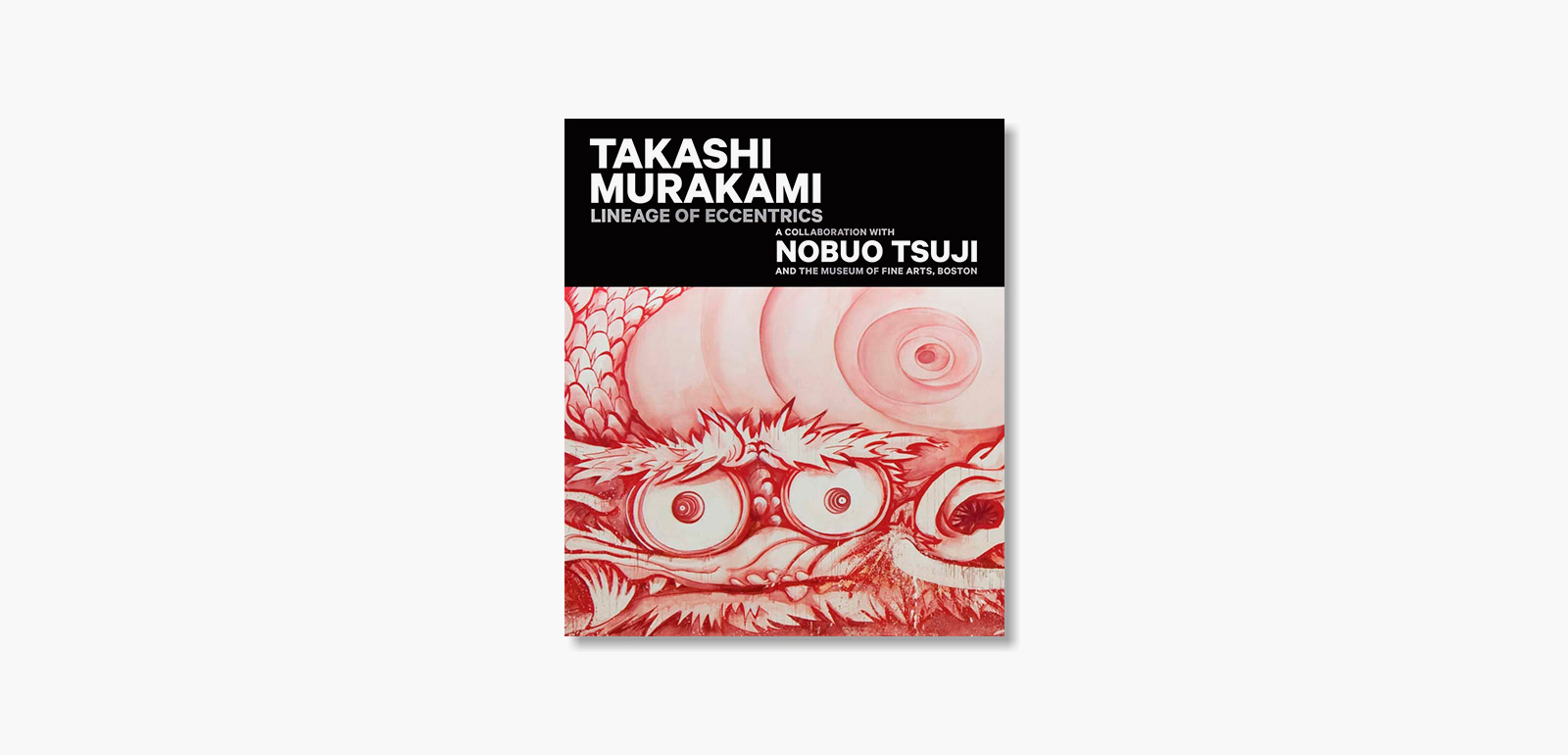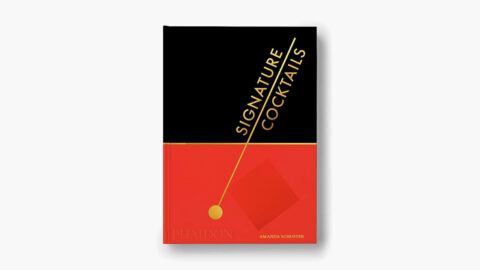The first person to earn a PhD in Nihonga (a Japanese painting tradition that employs ancient materials and techniques) from the Tokyo National University of Fine Arts and Music, Takashi Murakami has gone on to international acclaim as a superstar of the postmodern era. Murakami’s tendency to apply past traditions within a distinctly contemporary context is exemplified by the movement of his own founding. United under the term “superflat,” this movement emphasizes the flattened forms that are common to Japanese graphic art, manga, and anime, as well as the “shallow emptiness of Japanese consumer culture.”
Arranged according to concepts that have been laid out by Murakami’s mentor and foil, leading Japanese art historian Nobuo Tsuji, the new publication Takashi Murakami: Lineage of Eccentrics juxtaposes examples of Murakami’s most important works with a selection of Japanese masterpieces that span several centuries.
Published in cooperation with the Museum of Fine Arts, Boston, this groundbreaking 184-page book features art from historically significant artists in the Museum’s exceptional Japanese art collection, including Kawanabe Kyosai and Soga Shohaku. By combining the old and the new, Lineage of Eccentrics illustrates how even the most challenging contemporary art can be seen as part of a larger continuum of artistic progression.

































